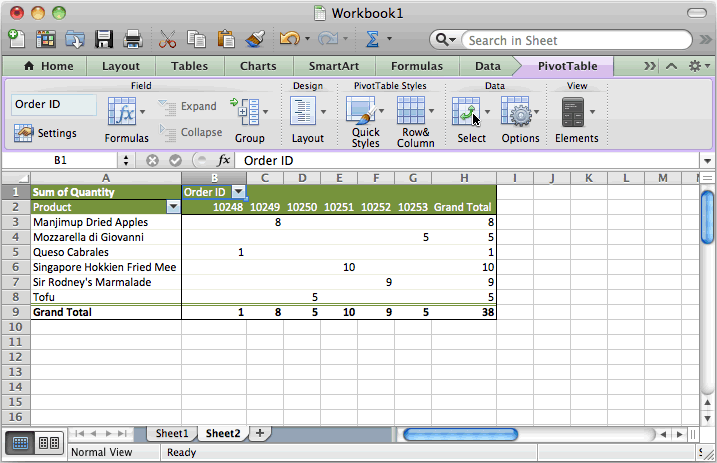

Microsoft Excel up until 2007 version used a proprietary binary file format called Binary Interchange File Format (BIFF) as its primary format. The current versions are 2010 for Microsoft Windows and 2011 for Mac OS X. It has been a very widely applied spreadsheet for these platforms, especially since version 5 in 1993, and it has almost completely replaced Lotus 1-2-3 as the industry standard for spreadsheets. It features calculation, graphing tools, pivot tables, and a macro programming language called Visual Basic for Applications. Pre-2007 versions of Excel use XLS as the primary format for saving files.

Control references to pivot table cells.Microsoft Excel is a commercial spreadsheet application written and distributed by Microsoft for Microsoft Windows and Mac OS X.Filter data that you don’t want to see.Calculate common statistics or create custom formulas.Combine numbers, dates, times, or text values into custom groups.Customize pivot tables with styles, layouts, totals, and subtotals.Rearrange pivot tables by dragging, swapping, and nesting fields.Create pivot tables from worksheet databases.You can download the sample workbook to follow along with the author’s examples. This handy guide teaches you how to use Excel’s most powerful feature to crunch large amounts of data, without having to write new formulas, copy and paste cells, or reorganize rows and columns. If you’re working with hundreds (or hundreds of thousands) of rows, then pivot tables are the best way to look at the same information in different ways, summarize data on the fly, and spot trends and relationships. The jargon associated with Microsoft Excel’s pivot tables (“ n-dimensional cross tabulations”) makes them look complex, but they’re really no more than an easy way to build concise, flexible summaries of long lists of raw values. Questing Vole Press Excel 2016 for Mac Pivot Tables by Tim Hillĭownload orders16mac.zip (sample workbook).


 0 kommentar(er)
0 kommentar(er)
